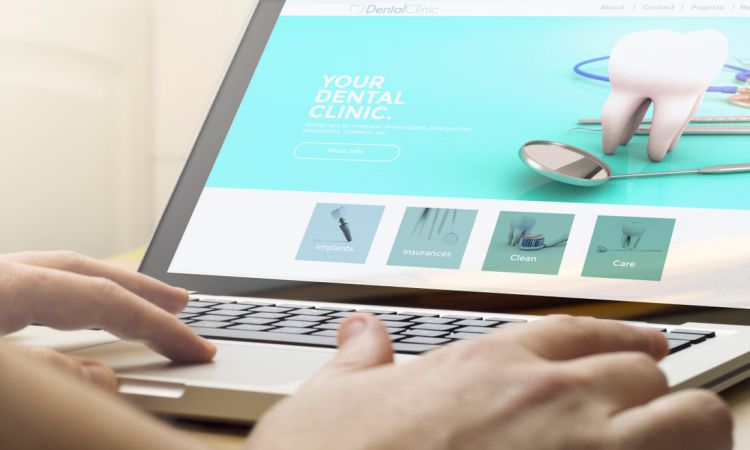 Dental practices are not an exception to the requirement that all businesses in the current fast-paced digital environment have a strong online presence. Building an engaging, user-friendly, and informative dental website helps attract new patients, retain existing ones, and ultimately grow the business. This article outlines the steps in creating a dental website from concept to completion and discusses how a web design company such as My Social Practice can assist in this process.
Dental practices are not an exception to the requirement that all businesses in the current fast-paced digital environment have a strong online presence. Building an engaging, user-friendly, and informative dental website helps attract new patients, retain existing ones, and ultimately grow the business. This article outlines the steps in creating a dental website from concept to completion and discusses how a web design company such as My Social Practice can assist in this process.
Understanding the Purpose and Goals
Before getting into the design process, it’s essential to clearly understand the purpose and goals of the dental website. Is the primary focus to educate patients on oral health, book appointments, or showcase the practice’s services? Defining these objectives will help guide the website’s design and ensure it meets the dental practice’s and its patients’ needs.
Research and Planning
Once the goals are established, it’s time to research and plan. This step involves researching the target audience and understanding their needs and preferences. Dental professionals should also analyze competitor websites to identify strengths and weaknesses and gather ideas for what to include in the new website.
Based on the research, a site map and content plan can be created, outlining the website’s structure and pages. This plan should include essential pages such as home, about, services, testimonials, and contact.
Designing the User Interface
Designing the user interface (UI) is crucial in building an engaging dental website. A well-designed UI will make it straightforward for users to navigate the site and find the necessary information. The website should be visually appealing and follow a consistent theme that reflects the dental practice’s brand identity.
Some key aspects to consider when designing the UI include:
- Layout: Arrange the content in a way that is easy to navigate and understand.
- Typography: Choose readable fonts and use proper formatting to make the content easily digestible.
- Color scheme: Select a color palette consistent with the practice’s branding and visually appealing.
- Images and multimedia: Incorporate high-quality images and multimedia elements that showcase the practice’s services and enhance the user experience.
Developing the Website
After designing the user interface, the next step is to develop the website. This involves translating the design into code and implementing the necessary functionality, such as appointment booking, contact forms, or live chat. Depending on the complexity of the site, this process may require the expertise of a web developer skilled in programming languages such as HTML, CSS, and JavaScript.
Content Creation and Optimization
While the website’s design and development are crucial, the quality of the content is equally important. The dental website should provide informative, engaging, and up-to-date content that resonates with the target audience. This can include articles on oral health, frequently asked questions, or detailed descriptions of the services offered.
The content should also be optimized for search engines to improve the website’s visibility on search engine results pages. This involves using relevant keywords, meta tags, and header tags and incorporating internal and external links.
How a Web Design Company Can Help
Building a dental website from concept to completion can be complex and time-consuming. Partnering with a web design company such as My Social Practice can streamline this process and ensure a professional result. A web design company can offer expertise in the following:
- Custom design: Creating a unique and visually appealing design that reflects the dental practice’s brand identity.
- Technical expertise: Developing the website with the necessary functionality and ensuring optimal performance across different devices and browsers.
- Content creation: Crafting engaging and informative content tailored to the target audience.
- Ongoing support: Providing maintenance, updates, and improvements as needed to keep the website up-to-date and secure.
Measuring Success
Tracking and analyzing the performance of the dental website is essential for measuring its success and determining areas for improvement. Key performance indicators (KPIs) such as website traffic, appointment bookings, and user engagement should be monitored regularly. Analyzing this data can help dental professionals make informed decisions about future website updates and marketing strategies.
Conclusion
Creating an engaging, user-friendly, and informative dental website requires a well-thought-out process, from concept to completion. Understanding the goals, researching, planning, designing, developing, and optimizing the site are all critical steps in building a successful online presence for a dental practice. Moreover, partnering with a web design company can streamline this process and ensure a professional result, allowing dental professionals to focus on providing exceptional patient care.




